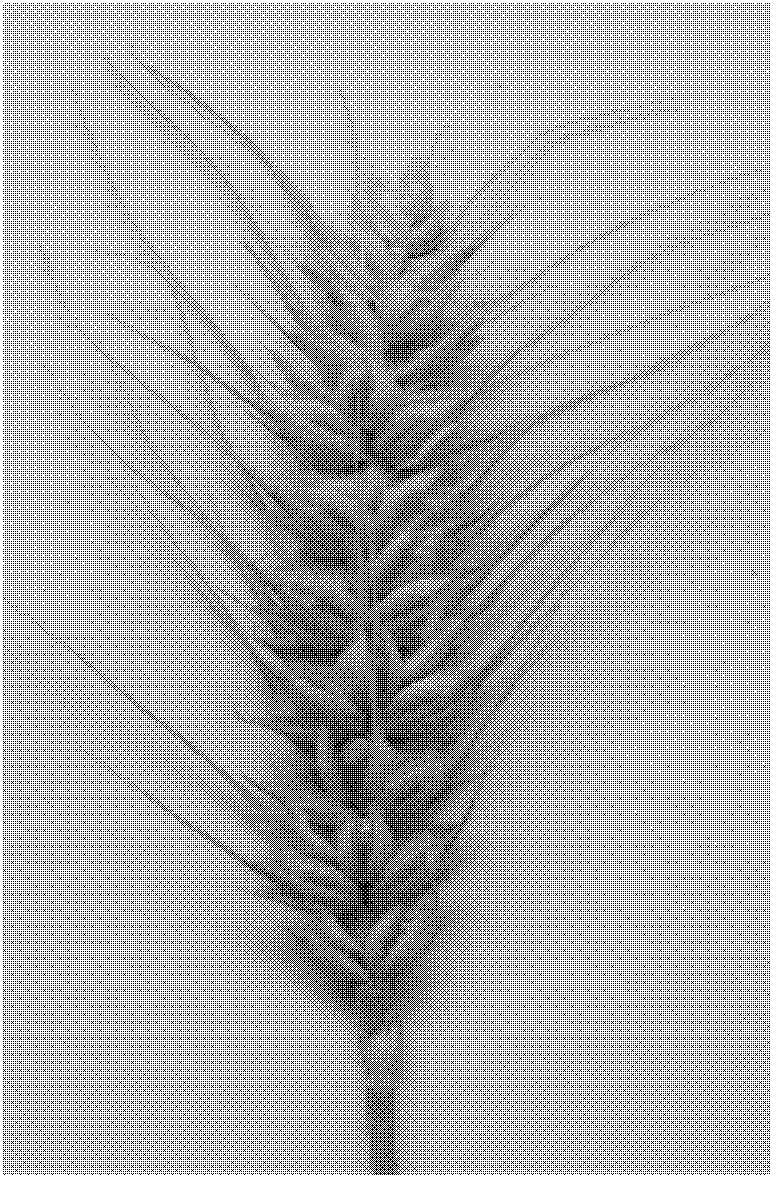Method for obtaining transgenic wheat by impregnating young ears through agrobacterium tumefaciens
A technique of impregnating transgenic wheat and Agrobacterium, applied in genetic engineering, plant genetic improvement, botanical equipment and methods, etc., can solve the problems of unsuitable genetic transformation of leading winter wheat varieties, unsatisfactory transformation efficiency of transgenic wheat, etc., and save manpower The effect of material resources, avoiding a long cycle, and simple and convenient operation
- Summary
- Abstract
- Description
- Claims
- Application Information
AI Technical Summary
Problems solved by technology
Method used
Image
Examples
Embodiment 1
[0026] Example 1 Infection of young ears with Agrobacterium to obtain transgenic wheat with OsDREB2.2 transcription factor
[0027] 1. Preparation of Plant Material
[0028] The wheat varieties Jimai 38 and Zhoumai 16 were planted in the laboratory or in the field, and managed until heading began.
[0029] 2. Transformation of Agrobacterium
[0030] 1) Single clones of Agrobacterium tumefaciens EHA105 and GV3101 were respectively picked and placed in 10 ml of LB liquid medium (containing the corresponding antibiotic: Rif 30 mg / ml), and cultured overnight at 28° C. with shaking.
[0031] 2) Take 2ml of the overnight culture and inoculate it into 50ml LB (containing Rif30mg / ml) liquid medium, shake and culture at 28°C until OD 600 0.6-0.7.
[0032] 3) Divide the bacterial solution into four sterilized 10ml tubes and place in ice bath for 10min. Then at 4°C, 5000rpm, centrifuge for 5min. Remove supernatant and pellet with 200 μl 20 mM ice-cold CaCl 2 Resuspend, centrifuge a...
Embodiment 2
[0046] Example 2 Study on the Transformation Efficiency of Transfection OsDREB2.2 Transcription Factor Gene Wheat by Infecting Young Ears with Agrobacterium
[0047] Target gene identification was carried out on the plant obtained in Example 1 and its second-generation seeds, and the transformation and inheritance of the target gene were studied. The results are shown in Table 1. It can be seen that the transformation rate of Zhoumai 16 is 92.3% according to the number of transformed plants, and that of Jimai 38 is 65.5%. According to the number of transformed seeds, the positive rate of the target gene is 82.3% for Zhoumai 16 and 28.3% for Jimai 38. %. T for each transgenic plant 1 Positive plants ( Figure 5 ), indicating that the transformed target gene was stably inherited. The transformation efficiency of the transgenic wheat obtained by the invention is greatly improved, and relatively satisfactory genetic stability is obtained.
Embodiment 3
[0048] Example 3 Obtaining OsDREB2.2 Transcription Factor Gene Wheat by Infecting Young Ears at Different Stages with Agrobacterium
[0049] Using the method described in Example 1, Agrobacterium infection was carried out at different stages of the wheat ear heading stage, and the results are shown in Table 2. It can be seen from Table 2 that if the dipping is carried out before the young ears of wheat are sheathed, the wheat develops abnormally and cannot set seeds; when the dipping is carried out when the young ears are partly sheathed, the wheat develops normally, sets seeds, and transgenic plants can be obtained.
PUM
| Property | Measurement | Unit |
|---|---|---|
| conversion efficiency | aaaaa | aaaaa |
Abstract
Description
Claims
Application Information
 Login to View More
Login to View More - R&D
- Intellectual Property
- Life Sciences
- Materials
- Tech Scout
- Unparalleled Data Quality
- Higher Quality Content
- 60% Fewer Hallucinations
Browse by: Latest US Patents, China's latest patents, Technical Efficacy Thesaurus, Application Domain, Technology Topic, Popular Technical Reports.
© 2025 PatSnap. All rights reserved.Legal|Privacy policy|Modern Slavery Act Transparency Statement|Sitemap|About US| Contact US: help@patsnap.com



